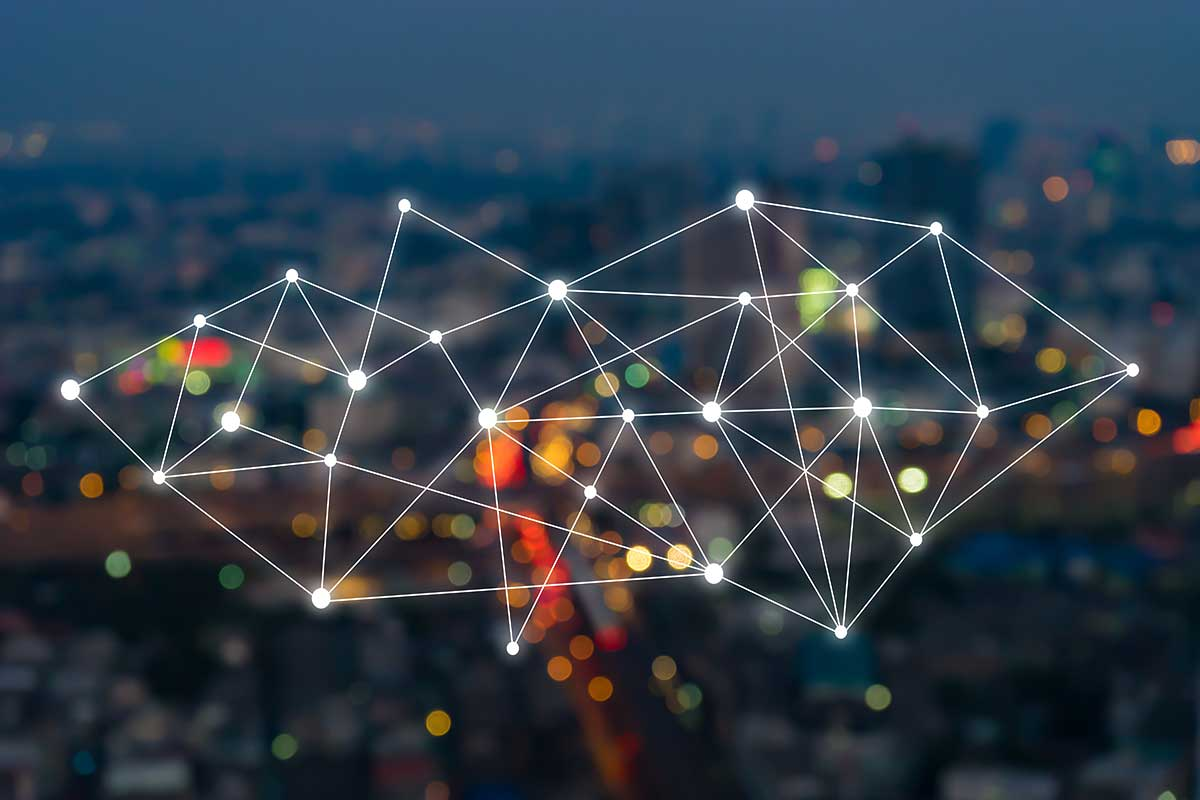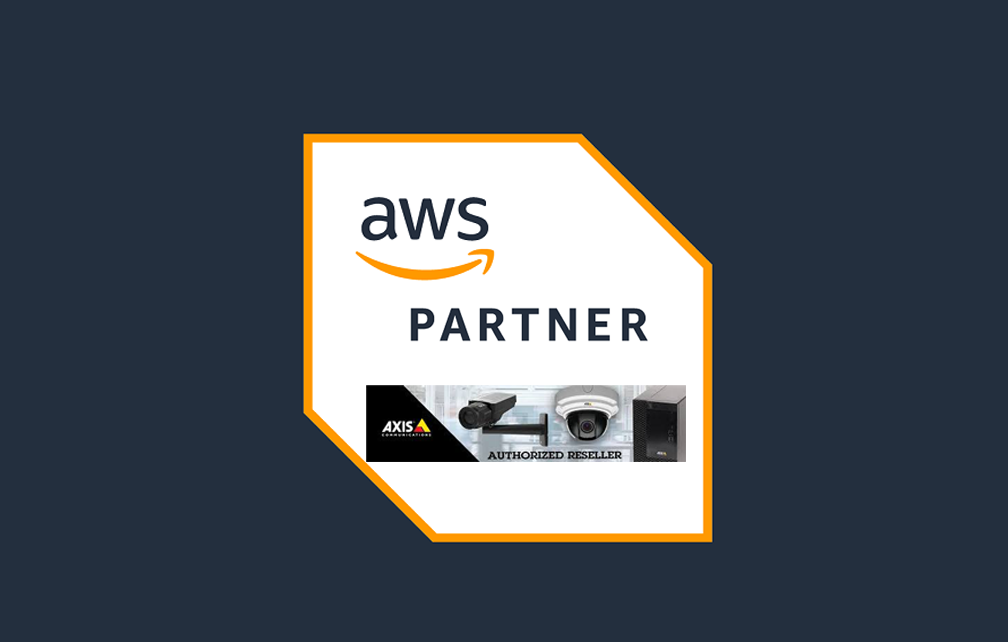StreamPros Sports
High School, Little League. Ameture
Coming Soon
Vivamus in libero auctor, malesuada nulla nec, dapibus augue. Aliquam erat volutpat. Aenean libero enim, blandit amet, interdum pellentesque augue.
Slide 2 Heading
Vivamus in libero auctor, malesuada nulla nec, dapibus augue. Aliquam erat volutpat. Aenean libero enim, blandit amet, interdum pellentesque augue.

Slide 3 Heading
Praesent scelerisque blandit elit, nec accumsan metus vulputate sit amet. Pellentesque quis consectetur libero. Mauris sit amet nunc sit amet scelerisque.
Slide 4 Heading
Praesent scelerisque blandit elit, nec accumsan metus vulputate sit amet. Pellentesque quis consectetur libero. Mauris sit amet nunc sit amet scelerisque.


